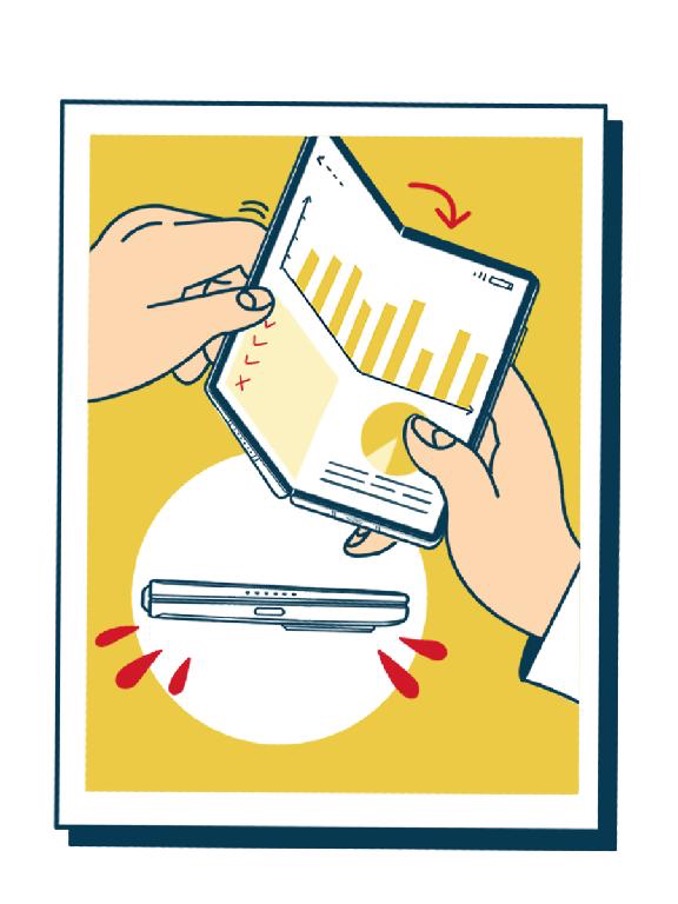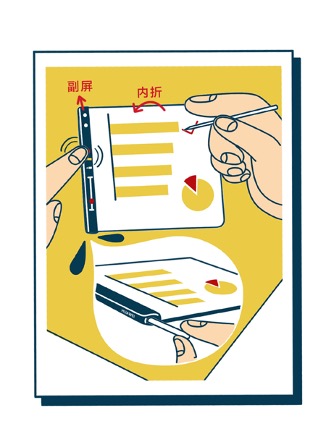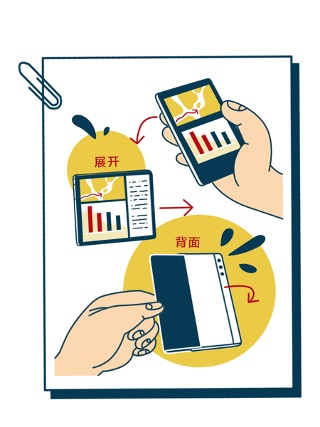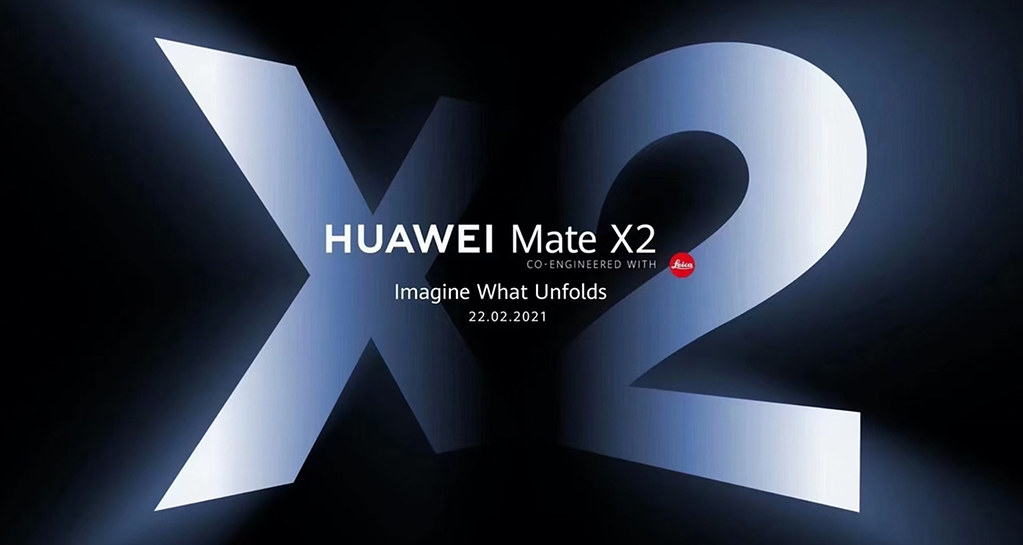At one time, the very notion of what mobile phones would look like was very much up for debate, with flip phones and slider phones that made creative use of space. However, over the past decade, it’s been classic bar-type touchscreens instead, given their sheer convenience and accessibility, which have served as the springboard for the smartphone revolution. It wasn’t until two years ago, with the arrival of the first commercially viable foldable smartphones, that the next paradigm could actually take shape.
Huawei’s Mate X and Mate Xs models had already stood out from other foldable phones on the market, due to their intricate hinged design and formidable performance, and thus it hardly came as a surprise that the upcoming release of the HUAWEI Mate X2 on February 22nd would attract such fervent interest. Teaser materials released by Huawei, hinting at a precedent-breaking design, have only heightened the intrigue. When considered in the context of the design patents recently filed by Huawei in China, it’s safe to say that what was once dismissed as science fiction can now be regarded as an everyday reality.

What you see above is a new in-folding design (Patent #: CN 306071654 S) that adjusts the premise of conventional folding schemes. When unfolded it is wedge-shaped, meaning that there is a thicker end of the body, where the camera and other key components are grouped together, which scales down seamlessly to a slim opposite end, where an outer display is housed. This elegant solution resolves the longstanding challenge of uncomfortably thick foldable phones, a source of considerable user backlash, while also making the phone a cohesive whole, and a true wonder to either view or grip.

Huawei implements yet another in-folding approach (Patent #: CN 305989194 S), designed explicitly to maximize productivity – but there’s even more than meets the eye – this model comes with a stylus, as well as touchscreen sensitivity on the secondary display. As you can imagine, it’s a setup that facilitates highly-efficient and rewarding interactions. To cite just one possible application of many, when making a chart or poster, the secondary screen could serve as the touch bar for shortcuts, with the main screen completely set aside as the blank palette for all of your best ideas.

Shifting directions, there’s the top-down foldable design pictured above (Patent #: CN 306261861 S), which should not be mistaken for the existing schemes employed by Motorola and Samsung. Even at a glance, it’s clear that Huawei’s design operates on a whole new level. The front and rear camera lenses, as well as other modules, have been relocated to the top, to ensure that the screen portion of the body is slimmed down to the greatest possible extent, making it ideal for those users who prefer light, easy-to-handle phones.

Next there’s the flexible design shown above (patent #: CN 305989194 S), which strictly speaking is not actually a foldable scheme. Then when slowly rolled out, the rear screen shifts on its axis to move to the front, and the front screen enlarges to encompass this new territory, with the boundaries on the display pushed further and further out.

Lastly, we come to perhaps the most futuristic and fantastical of Huawei’s designs (patent #: CN 107771317 B), which features a 360-degree bendable display that literally assumes the form of either a phone or watch as needed. It’s one device that provides two entirely distinct experiences and modes of interaction. It may take some time for this product to actually be developed; nonetheless, the fact that Huawei has gone so far as to actually draft such a concept, serves as confirmation that even our most farfetched space-age technological ambitions are tantalizingly close to being in our grasp, or wrapped our wrist, for that matter.
Huawei’s recent flurry of design patents reveal that it has invested abundant time and money into foldable smartphones, and furthermore, that its ambitions do not hinge upon just a single model. By venturing into such uncharted territory, even within the cutting-edge field of foldable phones, Huawei has put us all on notice, indicating that there’s truly no limit to how far it’s willing to go in revolutionizing the smartphone as we’ve come to know it.












